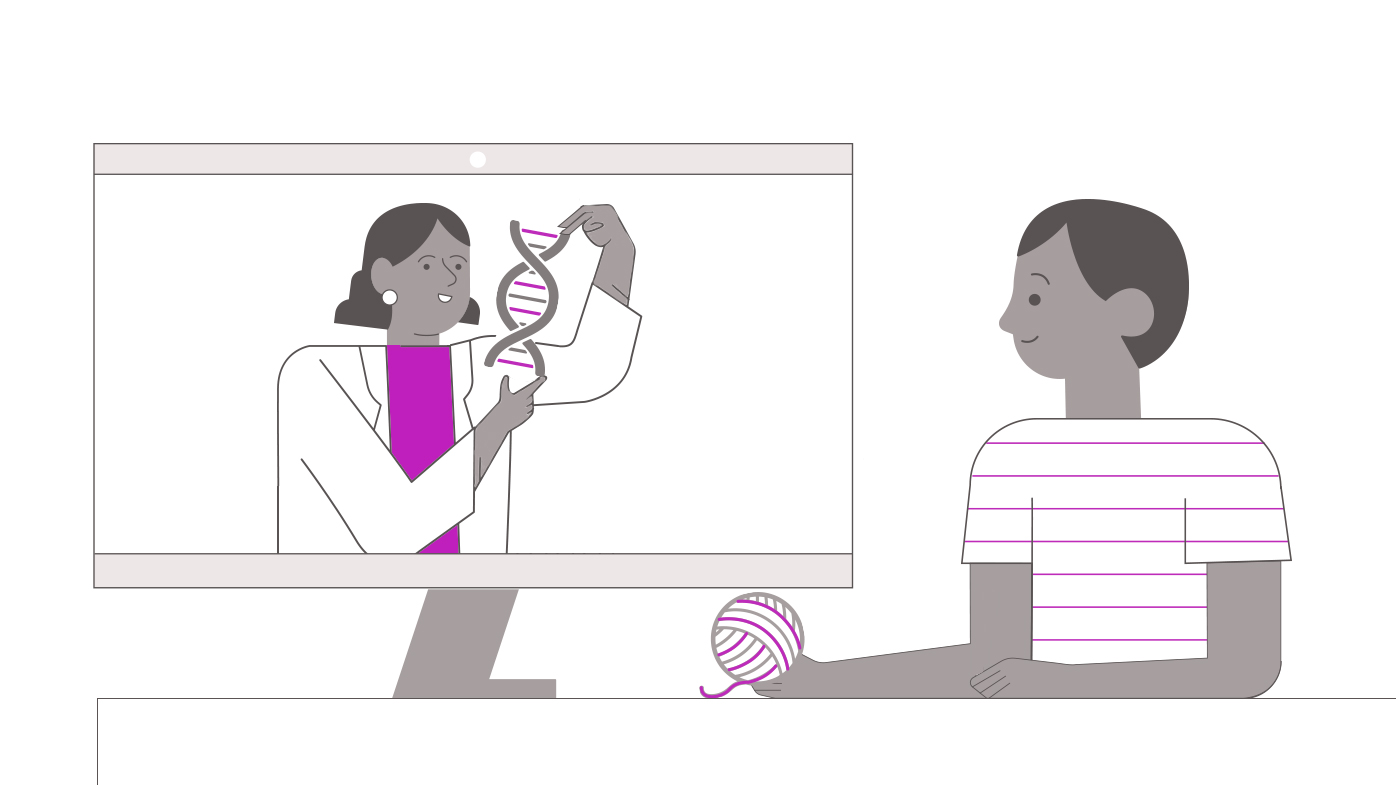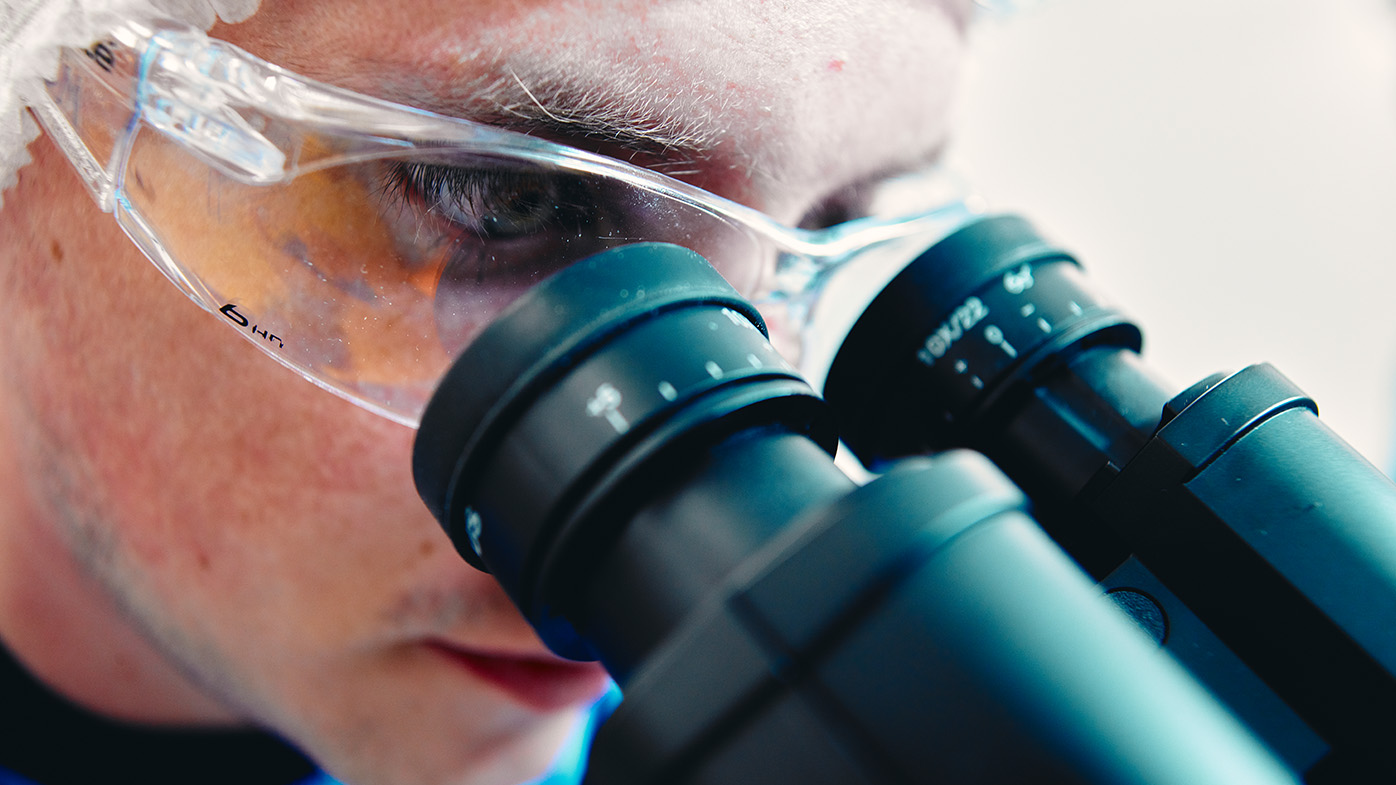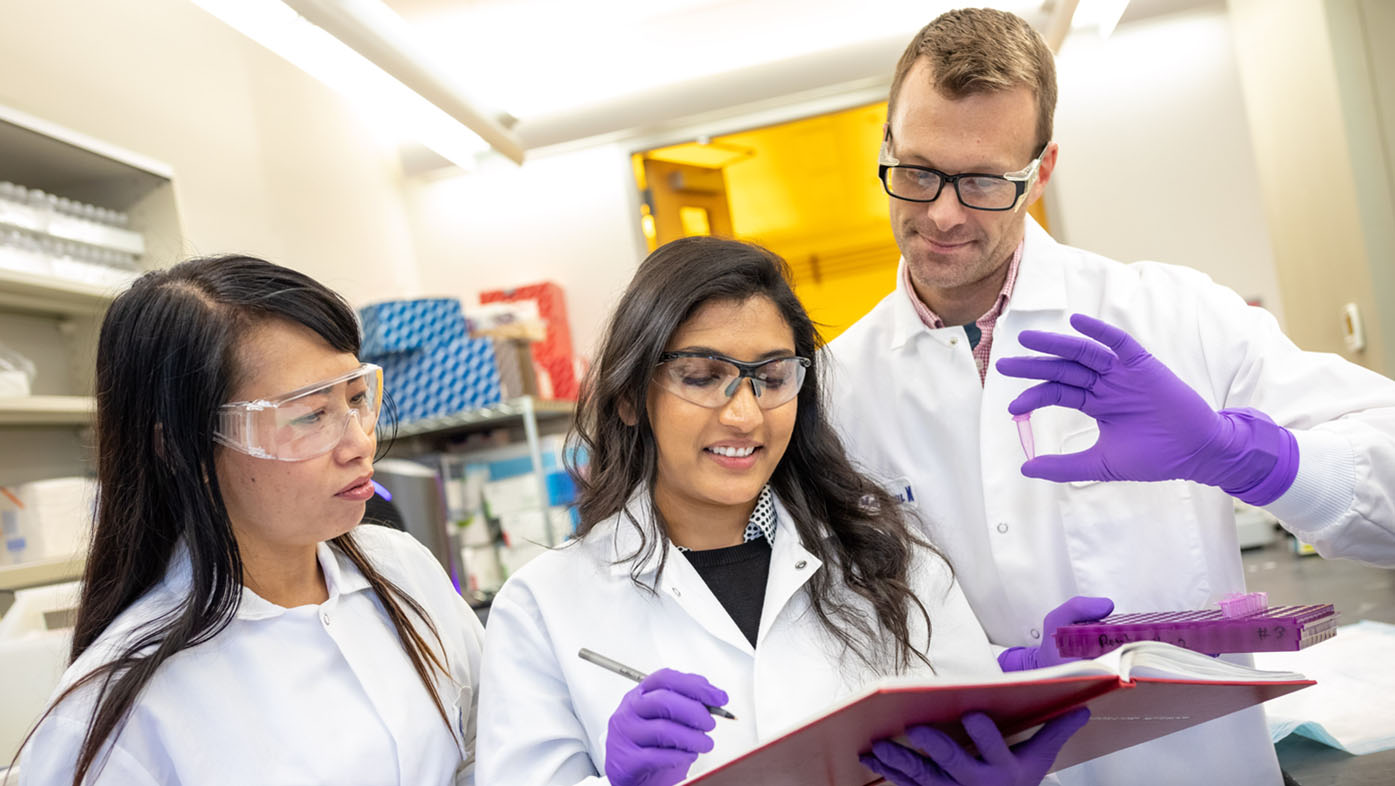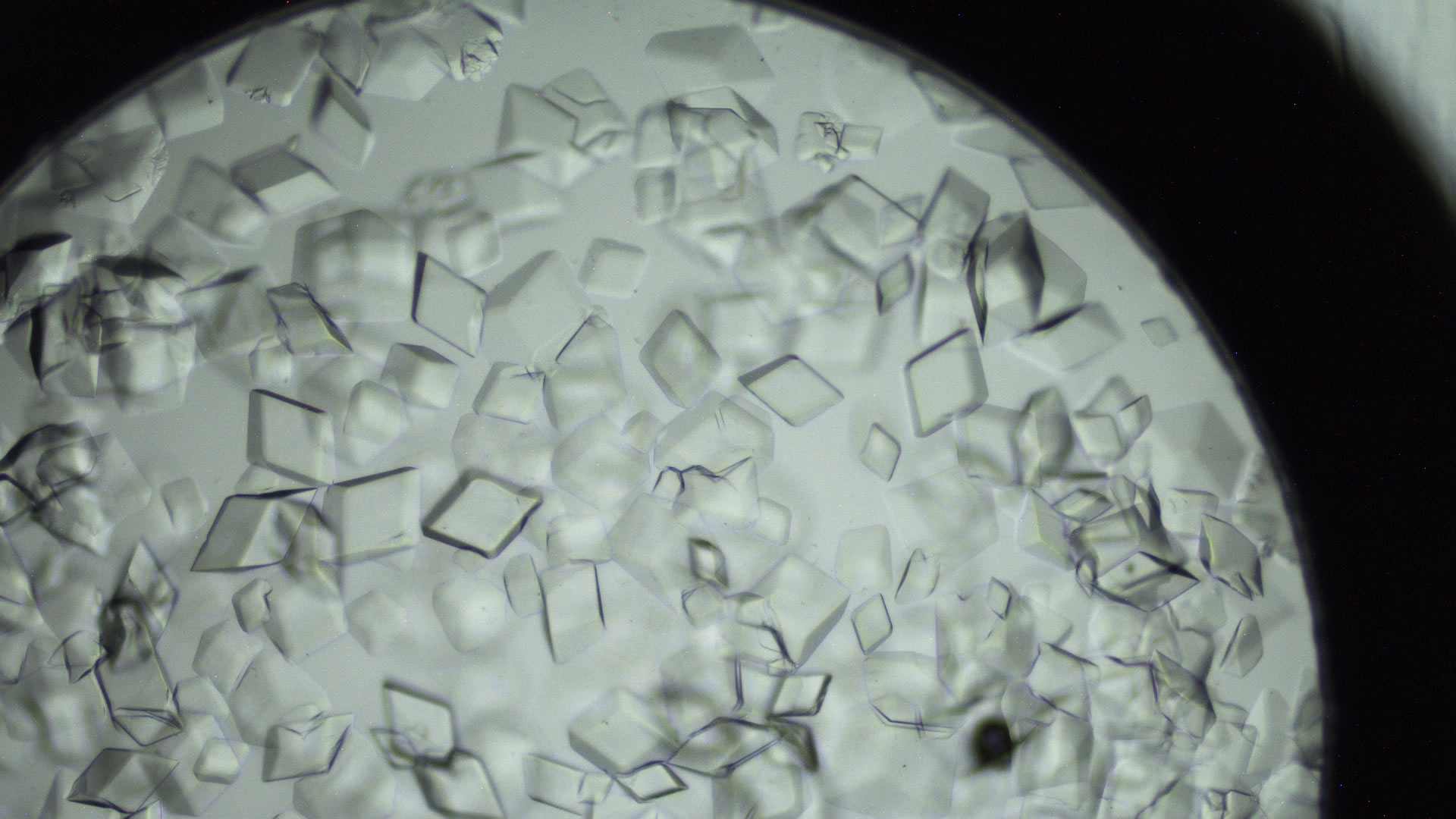What is biology? What is cancer? How does Bristol Myers Squibb engineer and manufacture its medicines? What is CAR T cell therapy? What happens in clinical trials? What are health disparities? Why is any of this important to you?
These concepts are just a sampling of the content featured in 50 short videos created by a team of Bristol Myers Squibb scientists from the company’s Seattle research division, with middle-school and high-school-age students in mind. The videos were created through a partnership with the Pacific Science Center (PacSci) in Seattle.
The videos break down complex ideas into digestible knowledge for a general audience to build STEM awareness. One video, for example, uses playful paper animation to explain the history of cancer. In another, a scientist uses strands of yarn to explain gene insertion and gene editing. The viewer is invited to participate with their own yarn and a pair of scissors to cut apart and rejoin the strands in order to understand the concept.
Principal Scientist for Informatics & Predictive Sciences Wilbert Copeland, who was heavily involved in the video project (and a star in many of the videos!) described the project objective in this way: “We have this expertise, and we can’t keep this knowledge to ourselves,” he said. “I believe we must share knowledge to ensure a strong future workforce, and to ensure the general public is informed enough to communicate and collaborate with us – if they so choose – as we work to improve humanity through science.”
A commitment to STEM education
Because today’s students will discover tomorrow’s medicines, Bristol Myers Squibb is committed to improving science, technology, engineering and mathematics (STEM) studies, and to opening young minds to the possibilities of STEM careers.
The partnership with PacSci is one of many initiatives for improving STEM education in the communities where the company’s employees work and live.
PacSci offers a unique Science Communication Fellows Course that focuses on teaching effective communication of science to a lay audience. They also have a commitment to diversity, equity and inclusion, offering programming and scholarships for communities that are underrepresented in STEM careers. This commitment aligned perfectly with the priorities of Bristol Myers Squibb and catalyzed discussions with PacSci about opportunities to work together. Bristol Myers Squibb was also a major sponsor of the PacSci’s summer camps, which included girls-focused and sensory-friendly camps.
Just as the BMS-PacSci partnership was progressing, the COVID-19 pandemic hit. The project, however, did not halt. In fact, the health disparities made more evident by the pandemic strengthened the resolve to work together. PacSci offered a short course in science communications to Bristol Myers Squibb scientists and the resulting videos are now available on the PacSci website. Be sure to scroll down to the “Be Curious with Bristol Myers Squibb” section.
“We turned this into an opportunity to give our staff career growth opportunities in a virtual environment as well as give back to our STEM community,” said Alison Fitch, senior manager for the Immuno-Oncology Cell Therapy Thematic Research Center and the Bristol Myers Squib STEM Council lead for Washington State.
“It was so moving to see the level of interest on our team to participate; that says to me that they really care about the next generation of scientists,” Fitch said.



